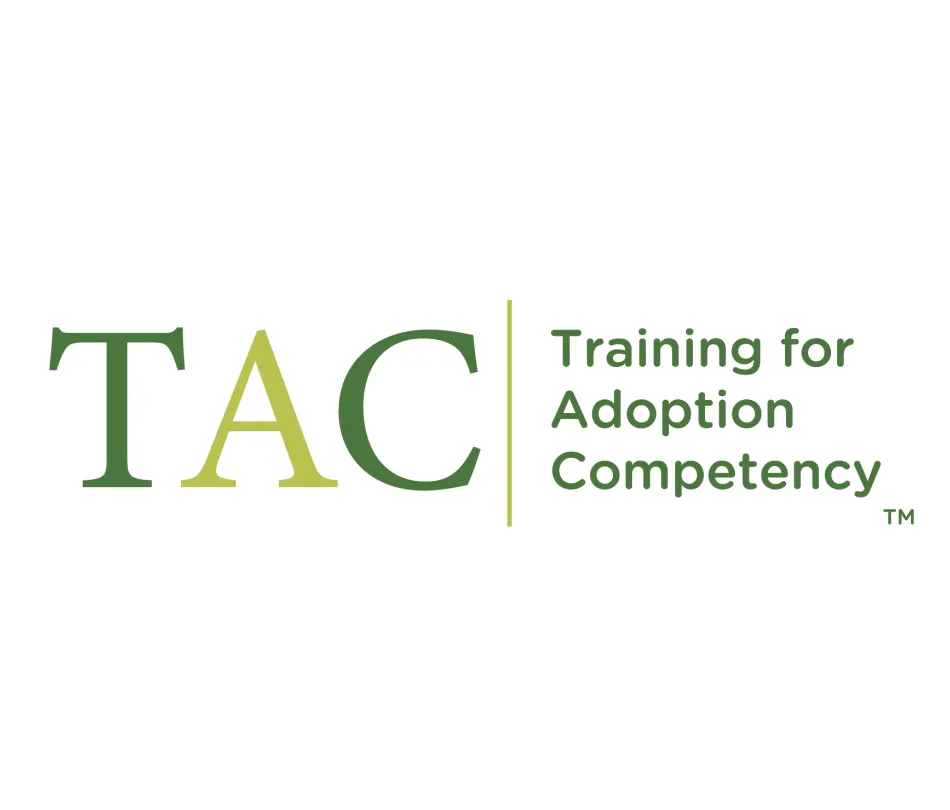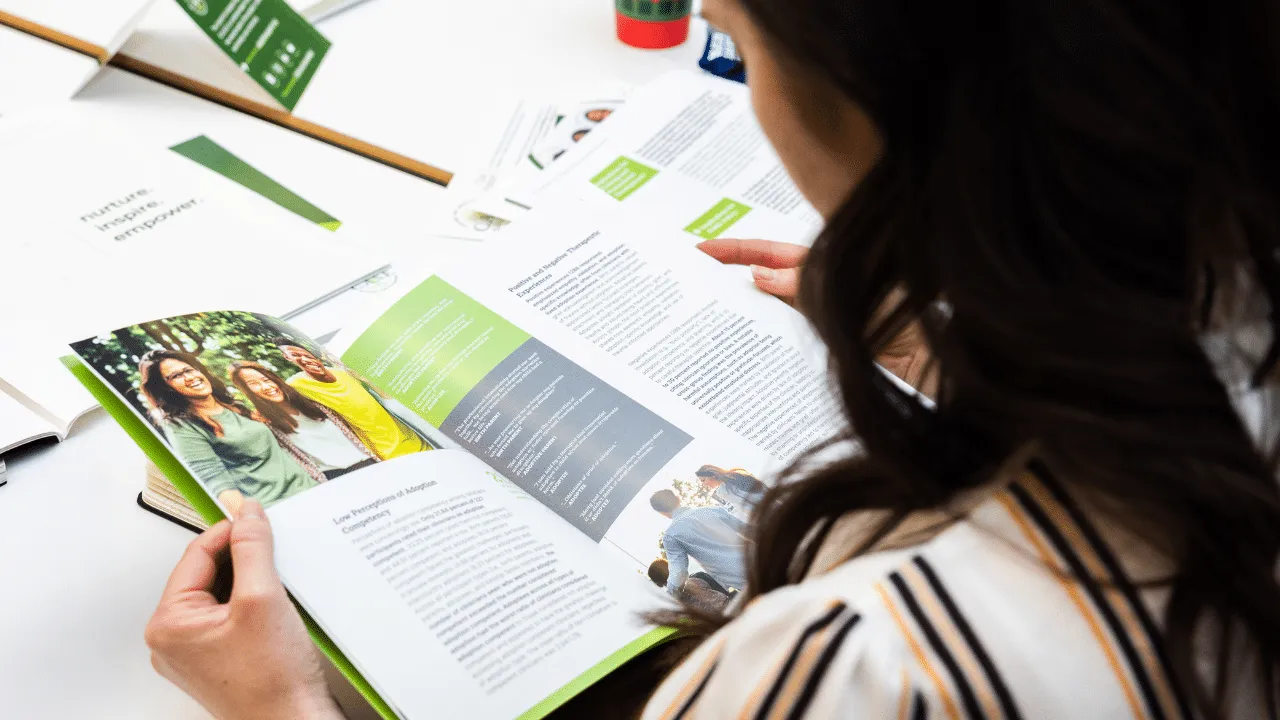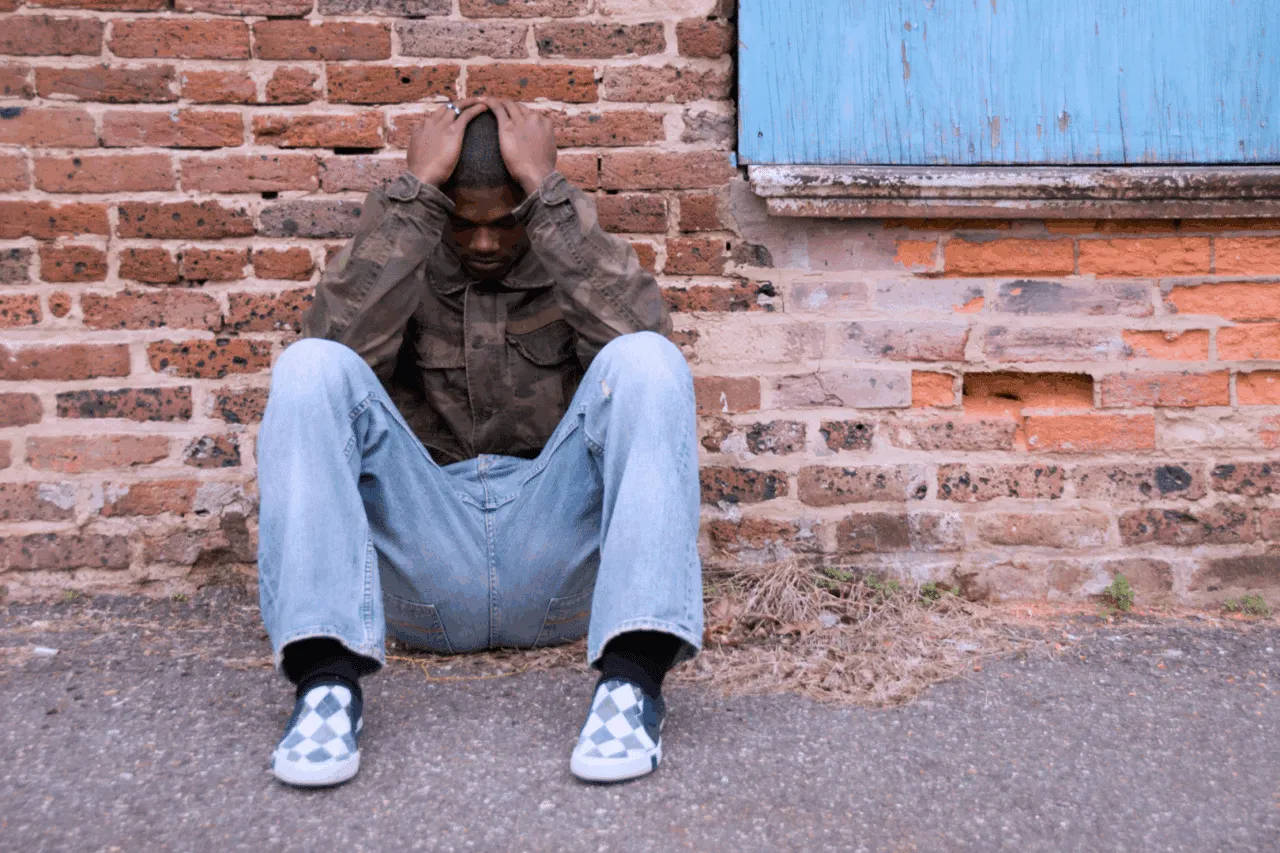Surviving Parenting in the Time of COVID
Surviving Parenting in the Time of COVID

Apprehension, anxiety, and fear are familiar feelings among parents in this time of COVID-19. Coping with the loss of a job, working from home, or the risks associated with life as an essential worker added to health and safety worries of a pandemic is quite a lot to handle. Add parenting 24/7, home schooling expectations, and bored, stressed children into the psychological mixing bowl and those feelings can be exponentially amplified. Isolation and social distancing requirements can be the straws that break the parents’ back!
The pandemic is tough on kids, too. They are suddenly thrust out of their routine, school, afterschool care, extracurricular activities, play dates and sports. While preoccupied with your own worry about worst-case scenarios, it can be challenging to answer the same question for the thousandth time, prepare one more snack or listen to whining about boredom. Once the novelty wears off and being stuck in the house with parents and only themselves for entertainment, they become acutely aware of life without the normal rhythm, added anxiety and unease all around them. It can feel scary and precarious. Children rely on their parents for emotional and physical safety. And while it is important to help them feel a sense of calm and safety, it is tough to do when we are not feeling calm or safe ourselves.
The American Academy of Pediatrics today advises parents facing stressors over COVID-19 to practice self-care, to reach out to others for help, and to use healthy discipline techniques. It sounds easy, but when stressed, we often lose sight of self-care and natural supports.
Here are some tips to help keep calm and centered and then have the energy to help your family:
- Breathe. The breath is a beautiful tool: no equipment necessary and accessible wherever we go. Try this 16-second Pause: Take a moment to feel your feet on the floor, grounded. Inhale through your nose, slowly, to a count of 4. When your lungs feel full, hold that breath to a count of 4. Exhale slowly, through your nose, to a count of 8, completely emptying your lungs. Repeat 2-3 times. Notice the feeling in your body – are you breathing more evenly? Do you feel a little calmer?
- Flip the Script. Pause and listen to the monologue in your head. Determine what is within your control and what is not. Take action on those things you can, let go of the rest. Worry does not solve problems or change the world.
- Focus on Facts. Get real, accurate information and act accordingly. The Center for Disease Control (CDC) advises continued social distancing – do it. The CDC advises wearing masks in public – do it. Don’t forget to wash your hands!
- Social distancing is smart and healthy; social isolation is not so much. Find ways to keep in contact with family, friends, colleagues and neighbors. FaceTime, What’sApp, and Zoom are just a few free online platforms that help to bring people together. Set up a group breakfast, lunch date or happy hour. Remember, a simple phone call works, too!
- Stay active. Find ways to move your body and engage your mind. Join a group activity challenge or challenge yourself – stand up and stretch once an hour; go up and down your stairs 5 times per hour or count how many times you can do the stairs in 5 minutes. Play Scrabble or Words With Friends online – you’ll engage with friends and engage your brain! Take a quick tour around the outside of your house – if you need more challenge, time how fast you do it!
- Be creative.
- Coloring has been shown to calm the mind much the same as meditation. Download free adult coloring pages.
- Cooking is creative and can be meditative, as well. There are a multitude of cooking shows and simple recipes, such as this list of recipe ideas.
- Plan a garden. Gardening is creative, meditative, and literally grounding! Sketch out a plan on paper while waiting for the weather to cooperate. Play with colors, textures, and a variety of sizes and shapes.
- Try meditation or yoga. These practices focus on quieting the mind and integrating mind, body and spirit. The goal is to center and calm – no need to be ‘flexible’ or ‘perfect’ – the pose is not the yoga! Try these simple yoga poses for people of any age.
Here are some tips to help keep your children calm and feeling safe:
- Start conversations with your children. They are hearing scary news from TV, from overhearing adult discussions, from friends and social media. Help them to understand what is happening and what you are doing to keep your family safe and healthy. Answer their questions simply and honestly, in an age appropriate manner.
- Maintain as much of your old family routine and structure as possible – mealtimes and bedtimes. Help kids to see all the ways their lives are the same – same home, same food, same stuffed animals and electronics.
- Get on the floor and play with them. Kids often work out feelings and emotions through play. Encourage them to use puppets, dolls, action figures, etc. to express themselves.
- Giggle and laugh out loud. Laughter is a great stress reliever. Watch a comedy, have a ‘family joke night’, play silly games together. The Mayo Clinic reports: ‘When it comes to relieving stress, more giggles and guffaws are just what the doctor ordered.’
- Remember – it’s OK to be angry. The COVID-19 crisis has led to many disappointments and losses: no field trips, play dates, proms or graduations. Validate your child’s feelings of anger and frustration. Teach them ways to express their anger – punch a pillow, cry, go outside and yell out loud. Let them know that you get disappointed, frustrated and angry, too. This situation is not normal!
- Point out all the ways your children are being good citizens: staying home and practicing social distancing, washing hands – a lot! By doing these things, you are all helping to stem the spread of the virus, and that is a very big thing!
- Encourage your kids to get up and move their bodies. Movement helps regulate the body, breath, and clear the mind for our children as well as ourselves. Kids can practice breathing techniques by blowing bubbles, blowing up a balloon. Stretch or dance. Make an exercise card game: take a deck of cards and simple exercises written on index cards; for each card drawn also draw an exercise card, then do the number of exercises according to the deck of cards.
- Work with your child to create a ‘Stress Buster Tool Kit’ including something that represents all five senses: touch (a soft blanket or rough piece of sandpaper), taste (a gummy bear, chocolate kiss), smell (essential oil or dryer sheet), hearing (music or the sound of waves), sight (a photograph that makes them happy). Put items in a box and have them go to that box if they are feeling stressed or anxious to connect with something that makes them feel good.
- Use positive discipline. HealthyChildren.org recommends the following:
- Use rewards and privileges for good behavior
- Use time-outs
- Redirect negative behavior
- Know when not to respond
These are not normal times; we are all adjusting to a new way of life without real knowledge of when we can return to our old ways. Treat yourself and your children with patience and kindness. Remember that you are not alone in this. Reach out to your natural supports (friends and family), and, if life gets to be a little too much to handle on your own, reach out to a mental health professional. C.A.S.E. is offering telehealth and will be happy to assist you.
Resources:
Written by Lisa Maynard, LMSW, ACSW, TC-TSY-F, NTI Implementation Specialist for C.A.S.E.












